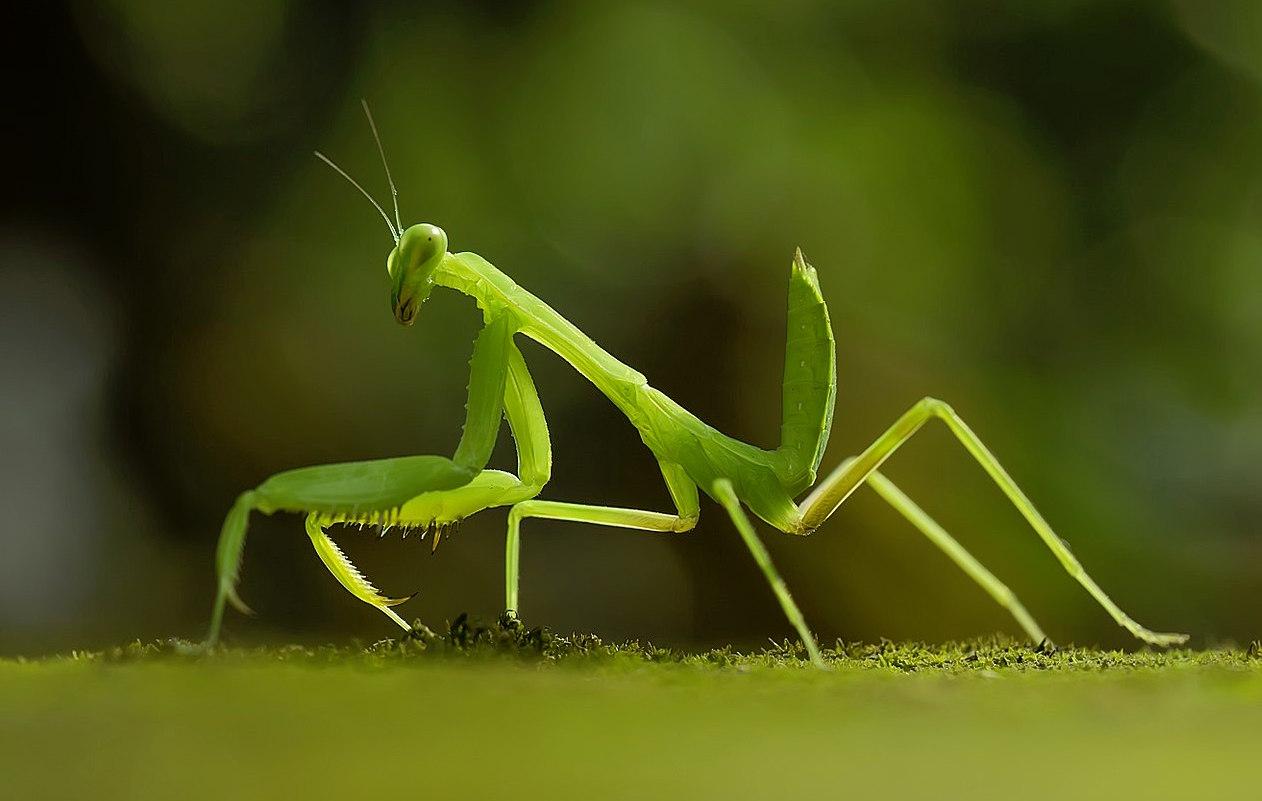Mantises display subtle shades of color that sometimes allow them to disappear into their habitats, where you might find them perching on a blade of tall grass or a pumpkin vine.
Many mantises live in vegetation. Some types assume a green hue, like the iconic praying mantis, Mantis religiosa; others develop a brown coat, such as the dead-leaf mantis. And some species take on even more vibrant colors, such as the pink orchid mantis.
So, have you ever wondered, are mantises naturally camouflaged or do they change colors to mimic the plant where they currently reside?
We can answer in the affirmative for both questions! While mantises aren’t known to change colors in dramatic fashion like a chameleon, entomologists who specialize in studying mantises have observed a few species that do actually change color. The temperature, humidity, and light intensity of their habitat all play a role in mantis’s adaptations.
The praying mantis is one type that can change color from green to brown and vice versa. While in its nymph phase, the praying mantis can take on a brownish hue after molting. However, this change occurs gradually, over several days. Needless to say, this ability is not useful for quick camouflage.
In general, a mantis’s biggest advantage is its normal color. When they perch on a brown or green leaf, their colors create the camouflage effect they depend on. So, while only a few mantises actually change color, they take advantage of the changeable variations of light and color in their environment to accomplish striking feats of camouflage.









